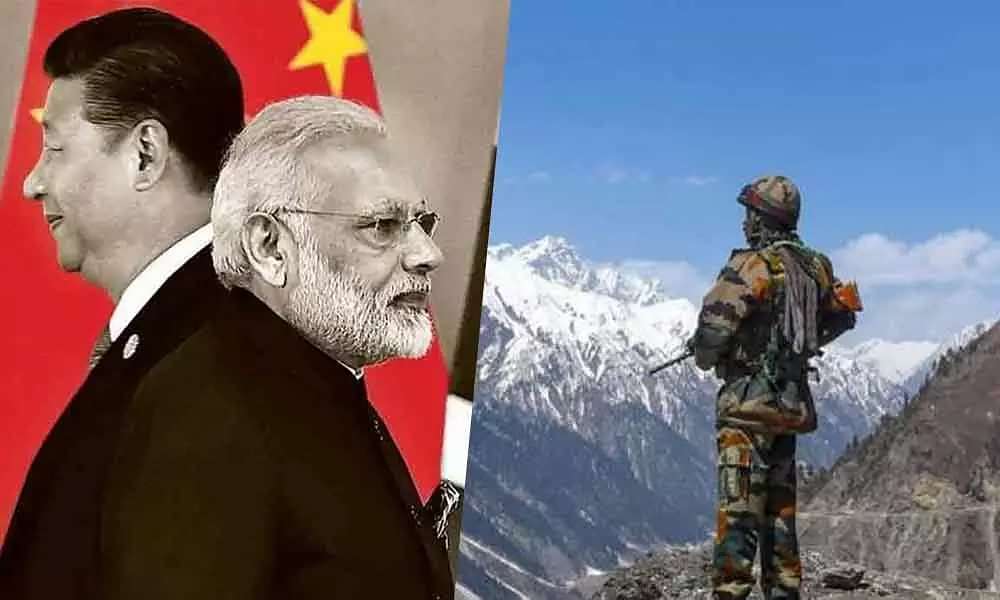
SOURCE: SUNDAY GUARDIAN LIVE
The Chinese won’t change. Just like the leopard, the Chinese don’t change their spots. This became evident once again during the week, when Chinese foreign ministry spokesperson, Wang Wenbin said, “For the Chinese side, we have been honouring the agreements signed between China and India. We are committed to peace and stability in the border area. Meanwhile, we are committed to our sovereignty and territorial integrity.” In other words, in Chinese view, to repeat a cliché, “might is right”.
So China will continue to shift the LAC to its advantage and if India stands up to it, China will push India towards war, or try to tie it down along the LAC, thus wearing it out and draining its resources. And all the while playing the victim. It’s all about teaching India a lesson for trying to be a global power, about scaring away potential investors, as well as about sending a message not only to the rest of the world and the minnows who stand up to it, but also a challenge to the United States by treating India as its proxy. But then that is how the Chinese are—always have been.
The problem is that it is Indians who still believe that the Chinese can be made to mend their way, see reason, as External Affairs Minister S. Jaishankar hoped ahead of the Moscow meeting with his counterpart Wang Yi. The outcome of that meeting was a five-point agreement, which incorporated the oft-repeated clichés that have become a part of any India-China dialogue—“differences should not become disputes”; “abide by all the existing agreements and protocol on China-India boundary affairs”; “border troops…should continue their dialogue, quickly disengage, maintain proper distance and ease tensions”. Meaningless words, considering China is consistently guilty of violating each and every of the five points.
Worse, the agreement lays a minefield for India for it talks about disengaging and retreating from current positions, which means India vacating all the heights it presently occupies on the bank of Pangong Tso, overlooking PLA’s Moldo garrison—which is now a sitting duck—and thus losing the tactical advantage it has. And the 14-15 June clash at Galwan is proof of what disengagement means to the Chinese. This is not the time for hoping that China will see reason. This is not the time to give China a “face-saving exit as India cannot take them on”, as is being whispered in certain quarters. In this context, Defence Minister Rajnath Singh’s words in Parliament were, for a change, candid: “China says one thing and does the opposite.” His statement that India wanted peace but was ready for war is welcome. It is not every day that such strong statements come from India’s power corridor, which has had decades of practice in staying silent on China’s aggression for fear of angering Beijing, thus exposing itself to be weak and vulnerable. It’s hoped that the Defence Minister’s words will not be mere words and India will not capitulate tamely in its attempt to make peace. China is a bully, which needs to be taught a lesson. The bully needs to realise that it has underestimated India; that it will have to pay a price for its aggression, in both economic and military terms. That it cannot be business as usual when soldiers of the two countries are engaged in an eyeball to eyeball standoff, with the prospect of a military conflict—possibly even an actual war—hovering on the horizon.
Make no mistake, China under Xi Jinping is desperate for a victory. And in their eyes, India is the lowest hanging fruit for this. It is not a question of if, but when China will strike! The only thing that will deter China from its misadventure is India striking suitable alliances—including working towards a Nato-like construct for the Quad and Quad-Plus countries, where every signing member is treaty-bound to come to each other’s assistance when attacked by China. The need of the day is an Indo-Pacific charter, with the firm objective of containing China. If the Chinese Communist Party is afraid of anything it is afraid of a united world standing up to it. But in pursuing such a policy India cannot be seen to be a reluctant ally, which is still waffling around, unable to choose a side, in the name of a long dead non alignment, while hanging onto the coattails of countries that are supping with China.






